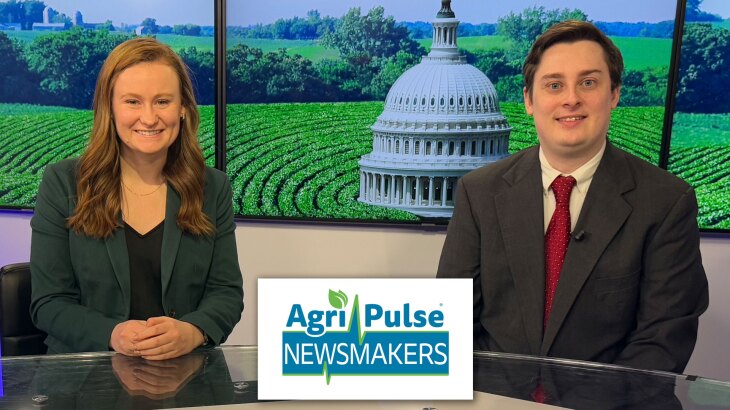Sustainability
A new maritime biofuels coalition aims to position ocean shipping as a significant growth market for U.S. crops and waste-derived fuels.
Western Caucus member Rep. Bruce Westerman (R-AR) details the SPEED Act on Champions of Rural America. The legislation aims to reform NEPA, streamline permitting, and expand domestic energy development.
Ethanol output softened, but underlying supply-and-demand trends indicate stable longer-term use despite short-term volatility in blending and exports.
Stronger sorghum genetics could enhance the resilience of bioenergy crops and broaden production options for growers in harsher climates.
A permanent national E15 standard would boost corn demand, lower fuel costs, and provide a stable path for U.S. energy security.
Water access—not acreage alone—is driving where irrigation expands or contracts.
Henning Strauss, CEO of STRAUSS, joins us to share his company’s commitment to crafting tools that farmers wear.
Strong plant output and rising exports contrast with softer domestic blending demand, suggesting margins are poised for volatility.
The Environmental Protection Agency confirms that new single-fluorinated pesticides are not PFAS and remain fully compliant with current safety standards.
The Cotton-4 are pushing hard for new value chain investments. Still, many U.S. cotton producers face unsustainable losses, and weakened regional textile capacity threatens the survival of the Carolina “dirt-to-shirt” supply chain.
Farm legal expert Roger McEowen reviews the history of the Waters of the United States (WOTUS) rule and outlines how shifting definitions across multiple administrations have created regulatory confusion for landowners.
Gary Hall, co-founder of Hollywood Impact Studios Rehabilitation, joined the program to discuss using agriculture to provide opportunities and mentorship for at-risk youth in Southern California.
Richard Gupton of the Agricultural Retailers Association explains a new resource designed to help farmers comply with ESA-related pesticide label requirements.
The White House is now preparing to restore an Endangered Species Act (ESA) rule from the first Trump Administration.
Ethanol exports are expanding on strong demand from Canada and Europe, while DDGS shipments remain broad-based and supportive for feed markets.
Mary-Thomas Hart, with the National Cattlemen’s Beef Association, discusses the latest WOTUS developments and their implications for agriculture.





















